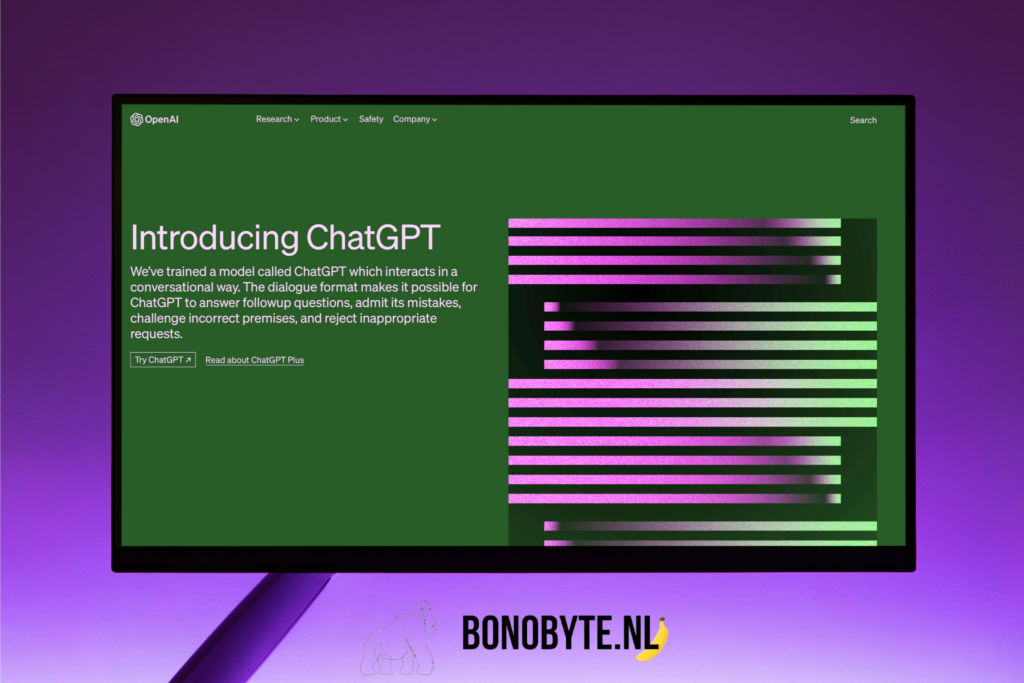In the realm of artificial intelligence (AI), prompt engineering has emerged as a crucial technique for unlocking the power of large language models (LLMs). This process involves carefully crafting prompts, which are concise instructions or descriptions, to guide LLMs towards specific tasks or creative outputs. By effectively utilizing prompts, developers can harness the vast capabilities of LLMs to tackle a wide range of challenges.
Table of Contents

Understanding the Essence of Prompt Engineering
Prompt engineering is akin to a bridge between human intent and AI capabilities. It enables users to communicate their desires to LLMs in a way that the models can comprehend and translate into meaningful outputs. The prompts act as a blueprint, providing context and guidance to the LLMs, allowing them to generate text, translate languages, write different creative content, and answer questions in an informative way.
The Power of Prompt Engineering
The applications of prompt engineering are vast and constantly expanding. From generating captivating creative text formats like poems, code, scripts, musical pieces, email, and letters to answering questions in an informative way, even if they are open ended, challenging, or strange, prompt engineering is revolutionizing the way we interact with AI.
Crafting Effective Prompts: A Skillful Art
The art of prompt engineering lies in crafting prompts that are clear, concise, and specific. This involves understanding the desired output, identifying the relevant context, and using natural language that the LLM can interpret effectively. Here are some key principles for effective prompt engineering:
- Clarity and Conciseness: Avoid overly complex or lengthy prompts. Concise language is essential for clear communication with LLMs.
- Specificity: Clearly define the desired task or outcome. Provide specific examples or references to guide the LLM’s understanding.
- Context and Domain Knowledge: Incorporate relevant context and domain knowledge to ensure the LLM produces output that aligns with the intended purpose.
- Creative Prompts: For creative tasks, use prompts that spark imagination and encourage the LLM to explore diverse possibilities.
Elevating Prompt Engineering to New Heights
As AI continues to evolve, so does the practice of prompt engineering. Researchers are exploring innovative techniques to further enhance the effectiveness of prompts. These include:
- Learning-based Prompting: Utilizing machine learning to automatically generate prompts tailored to specific tasks or datasets.
- Multimodal Prompting: Combining text prompts with other modalities like images or code to provide richer context and guidance.
- Explainable Prompting: Developing techniques to explain how prompts influence the outputs of LLMs, enhancing interpretability and trust.
The Future of Prompt Engineering
Prompt engineering is poised to play a pivotal role in shaping the future of AI applications. As LLMs become more sophisticated, the ability to effectively communicate with them through prompts will become increasingly crucial. Prompt engineers will be in high demand, bridging the gap between human needs and AI capabilities.
Conclusion
Prompt engineering is a powerful tool for unlocking the potential of LLMs and revolutionizing the way we interact with AI. By carefully crafting prompts, we can harness the vast capabilities of these models to tackle a wide range of challenges, from creative writing to scientific research. As AI continues to advance, prompt engineering will remain an indispensable skill, shaping the future of AI applications and human-AI collaboration.
What are your thoughts? Share them on our socials!
